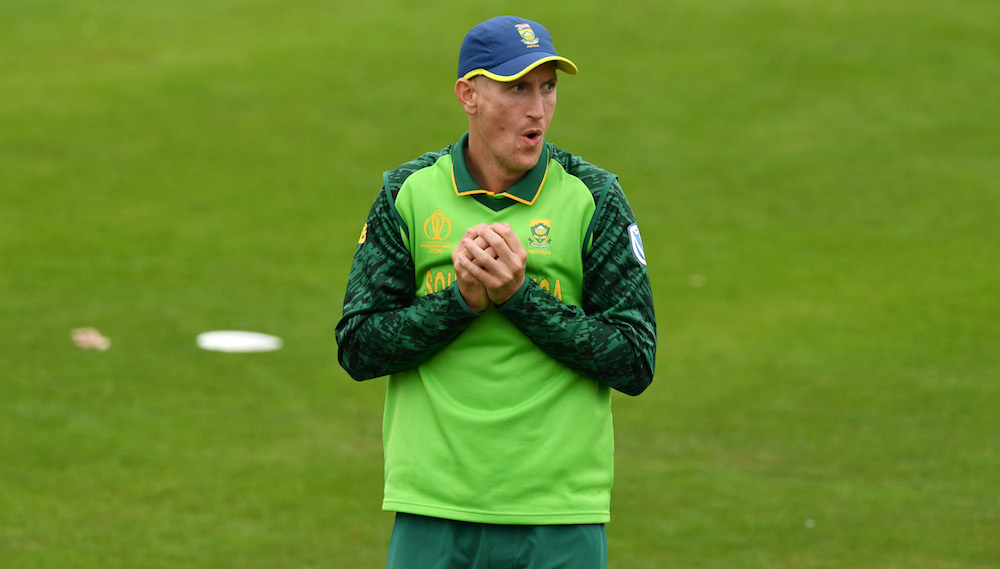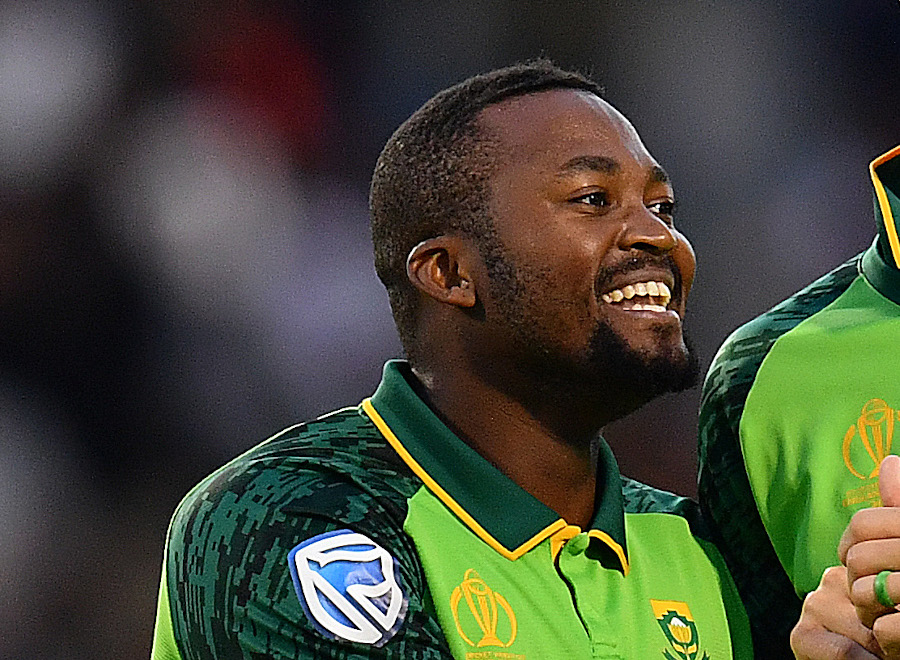Before Trevor Bayliss built England into an ODI machine that could end their World Cup heartache, the Three Lions’ only success at a major ICC tournament was their surprise 2010 T20 World Cup win.
In 2010, England was about as far as one could be from the epicentre of T20 cricket in terms of culture and attitude towards the format.
The team sent to the tournament might have been a bit of an afterthought, but the core of it possessed qualities that could be used as a blueprint for T20 success.
First and foremost, England used just 12 players at the 2010 T20 World Cup in the Caribbean – for six of their seven matches they fielded the same XI. The temptation in tournament play is to rotate the XI, but so often in franchise and international T20s, the teams who have continuity have the best shot at success.
READ: CSA president might be persuaded to resign
Three of England’s top order were born in South Africa, but Kevin Pietersen is the one who possessed the most prized asset for a Proteas player – resilience. Michael Lumb and Craig Kieswetter played their part, and their performances have lessons for the Proteas as well. Pietersen is a T20 icon, though. KP’s thick skin might irk some, but Quinton de Kock’s T20 outfit need to continue to show some of resilience both on the field and off it.
England didn’t start the 2010 tournament very well, losing to the West Indies under the Duckworth-Lewis method before rain prevented a result in their match with Ireland. England had felt robbed by the rain rule, but they picked themselves up.
Not many pundits would have backed England pre-tournament, but the team they fielded had a very well-balanced look to it with Kieswetter keeping wicket. England utilised a six to five split of batsmen to bowlers. At a stretch, Tim Bresnan might generously be called an all-rounder, but the remaining four bowlers weren’t known for wielding the willow. Andy Flower directed a team with the philosophy that the top six should be good enough to bat for 20 overs.

In T20 cricket it is wise to have five specialist bowlers and use batting all-rounders only as a supplement. The Proteas often favour the use of two bowling all-rounders. This strategy lives and dies on the performances of the all-rounders. These players absorb pressure from the batting and bowling units. Andile Phehlukwayo has done this well, but Mark Boucher might consider a recall for Chris Morris if Dwaine Pretorius can’t contribute consistently.
England shut out being written off and focused on winning each game in front of them, and after their pair of rain-hit matches, they did just that.
The final inspiration the Proteas can take from the England team that won the 2010 T20 World Cup is that the XI wouldn’t be considered a winning hand in a game of top trumps in terms of career international averages, but they won by playing the game their way.
The Proteas don’t need to emulate India, Australia, England or the West Indies in the way that they play, but can find a way to win playing the South African way.
Mark Cockroft
Photo: Gallo Images







